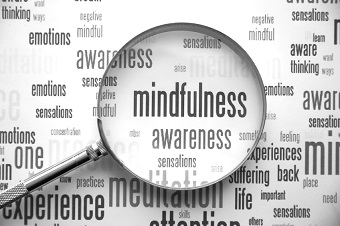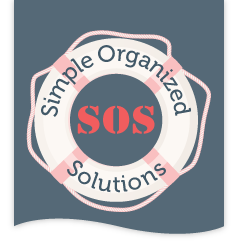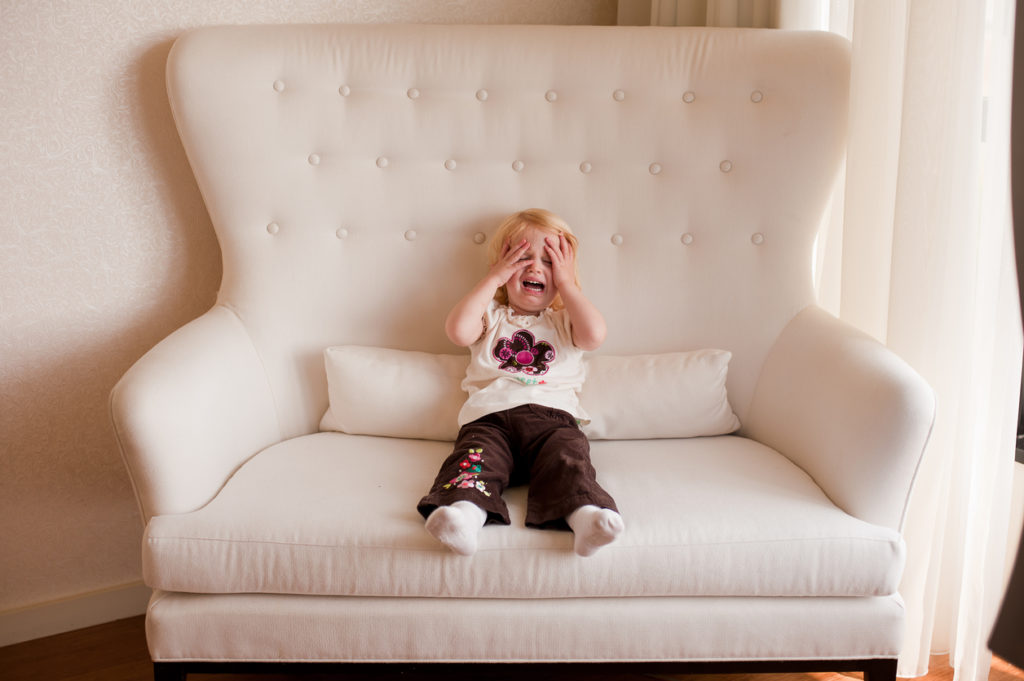 Mindfulness is a very important component of the organizing process. When I work with clients, we work on the concept of mindfulness as it pertains to organizing. Organizing comes naturally to many, but not to everyone. It’s a skill that can be learned, and being aware of some basic concepts as you go about your daily activities, is key to organizing your spaces to keep them organized.
Mindfulness is a very important component of the organizing process. When I work with clients, we work on the concept of mindfulness as it pertains to organizing. Organizing comes naturally to many, but not to everyone. It’s a skill that can be learned, and being aware of some basic concepts as you go about your daily activities, is key to organizing your spaces to keep them organized.
The concepts below are simple, yet effective. Some you may have thought about already, and some may be new to you. For those that have challenges organizing their things, I encourage you to try out some of these concepts to see if they help you organize your spaces.
Mindfulness Concepts
- Available space – Think about available space before you bring new items into your home. Determine a home within your home for the new item before you bring it in. If you find a home but there is an item already in that space, and you can’t find anywhere else to put it, you must make a decision to keep the existing item, or remove the existing item from your home, and replace it with the new item. This is especially important to consider when a loved one passes away. We have a tendency to bring in items with sentimental value, or perhaps furniture when we don’t have room that ends up becoming clutter.
- One in, two out rule – By using this rule, you will keep from accumulating clutter. This concept pairs nicely with the bullet point above. The rule I always heard in the past was, ‘one in, one out’. This works well for magazines and catalogs; when you get the new edition, discard the previous edition. However, for other items, ‘two out’ allows you to continuously reduce your belongings to free up space.
- Visual – When you can see all the items stored in a particular space, you know what you have and are less likely to buy duplicate items. It also allows you to see when you are running low on an item, and need to replenish your supply of that item. Another benefit, is that you can see the expiration date so you can use up the supply before it expires.
- Labels – This concept goes with the Visual bullet point above. Along with the benefits listed above, labeling storage containers and spaces, reminds everyone where to put the item back when they’re finished using it.
- Consolidation – If you have multiple containers with the same contents, such as 3 bottles of shampoo with varying amounts in each container, consolidate the contents to 1 bottle. This frees up space.
- Multiple items – When you run across multiples of the same item, determine how many of the item is practical to keep, being mindful of the amount of storage space you have available.
- Usage or zones – When you are in the process of organizing your things, think about how and where you will use the item. Store the item where you will use it. For example, if you are a coffee drinker, set up a coffee zone. Wherever you store your coffee maker, coffee, coffee filters, etc., should be stored in a cabinet under/over the counter where the coffee maker lives.
- Natural habits – Organizing solutions are more effective when you create them around your natural habits or routines. If you create a solution that is different than you are accustomed to doing, you are forcing yourself to change your behavior, and are less likely to maintain the solution.


